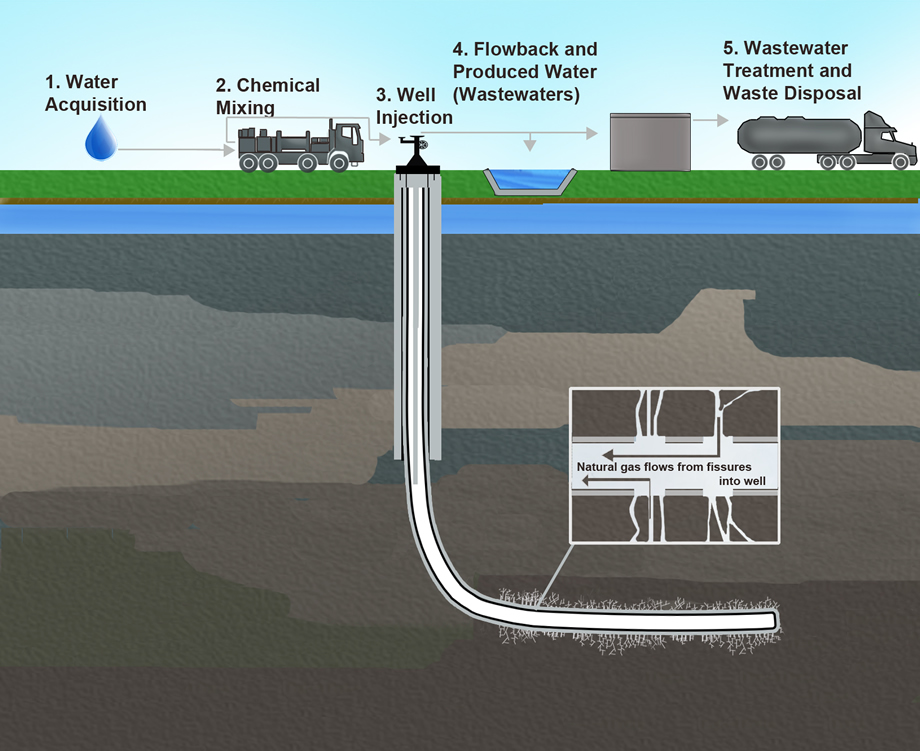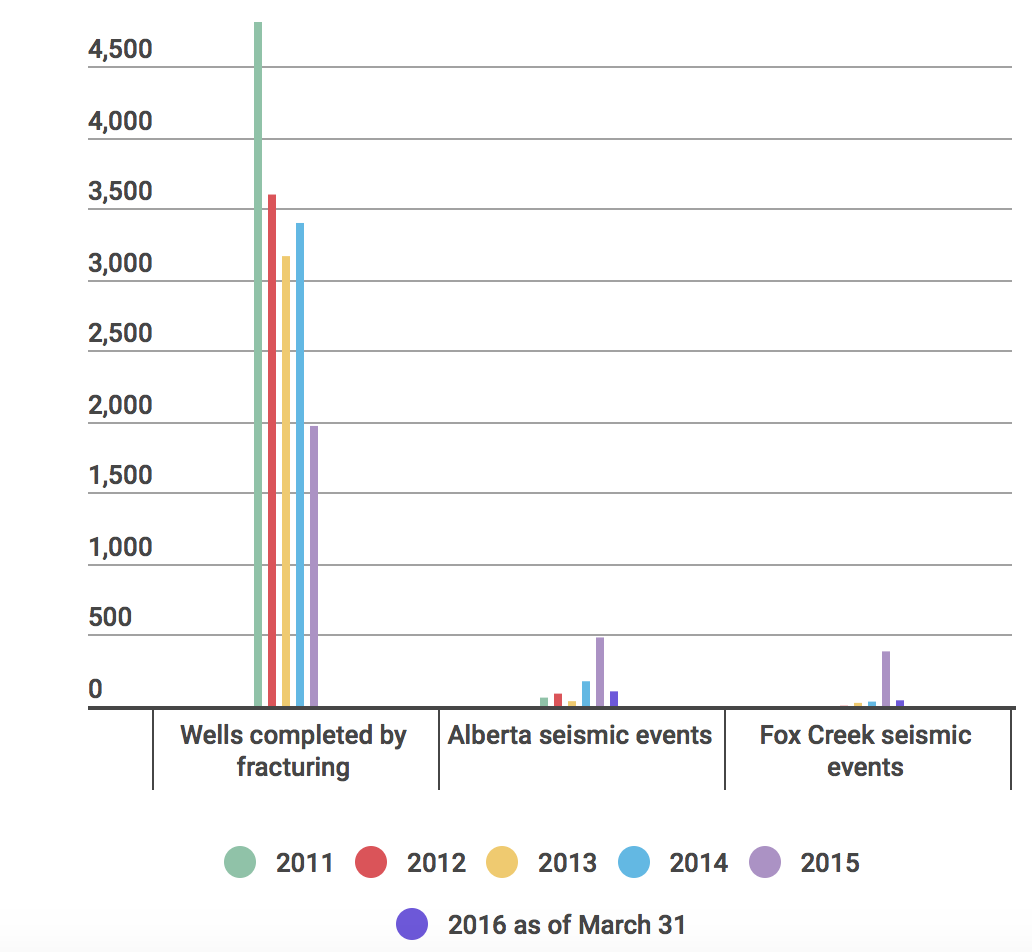Robots build after cockroaches will save lives
Cockroaches. They are not nice or fluffy and spotting them indoors means trouble. In our minds, cockroaches are associated with mold, dirt, and cavity and they are in fact suitable carriers for diseases such as E-coli and salmonella. However, behind its repugnant appearance there is one of the most fascinating creatures living in our environment.
They are thought to be the world oldest pests and legend has it that they will survive the nuclear apocalypse. During their long evolutionary history, cockroaches have developed high degrees of resistance to environmental risks. Their population experiences a rise in the hot seasons and despite the efforts of pest control companies, cockroaches often become gradually resilient to pesticides.
The extraordinary physique of the cockroaches have inspired scientist in developing robots that can potentially save many lives. The flexible nature of cockroaches’ bodies enables them to swiftly squish throw crevices of only two pennies (one tenth of an inch) wide. Researchers at the University of California, Berkeley have produced a prototype robot modelled after cockroaches’ physique that can be released into the cracks and vents of rubbles after an earthquake to quickly locate survivors.
Cockroaches’ locomotive abilities let them move as fast as five feet per second, allowing them to squish through gaps and cracks by reorienting their legs to one side. Moreover, cockroaches are highly resilient against extreme pressure and they can stand up to 900 times of their body weight. This enables cockroaches to survive crashes under the rubble, making them strong and yet agile. Robots designed by researchers at UC Berkeley, which were modeled after cockroaches, were named CRAM for compressible robot with articulated mechanisms. The shell of the robot can be compressed by up to 20 lb and its unhinged legs allow it to move under compression.
So cockroaches amazing capabilities are not only inspiration for urban myths, they inspire scientists, too.
Sadaf Yadegari





